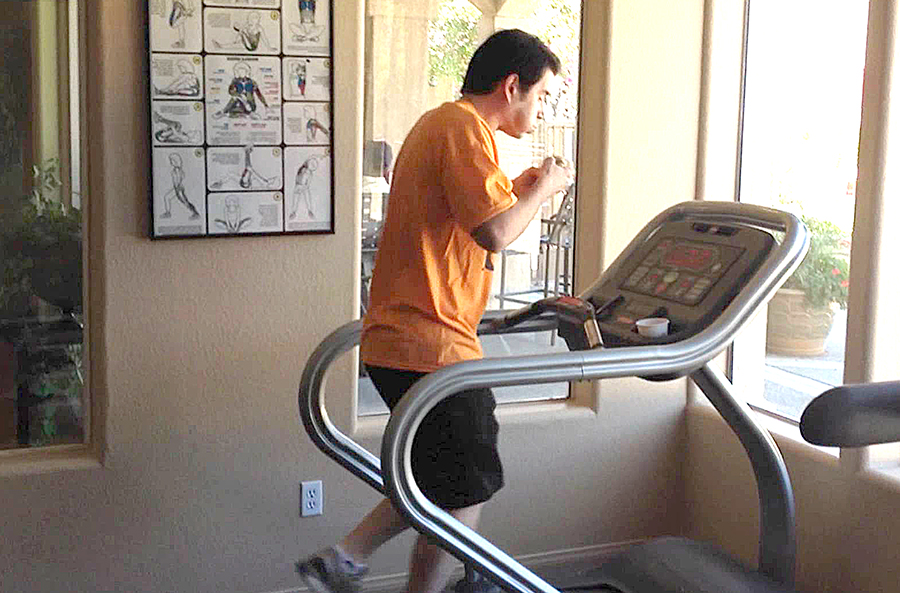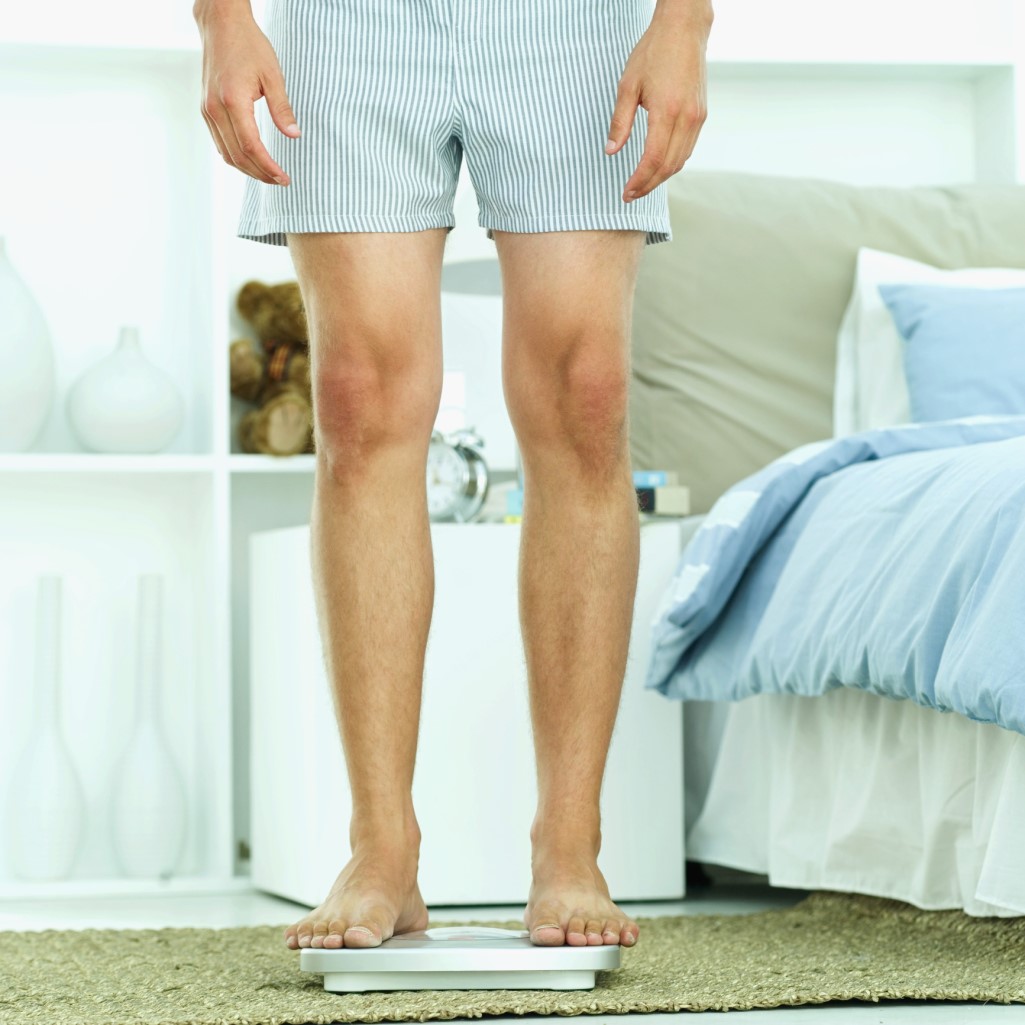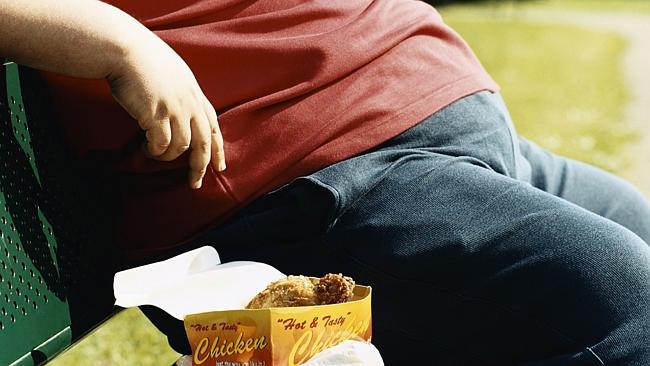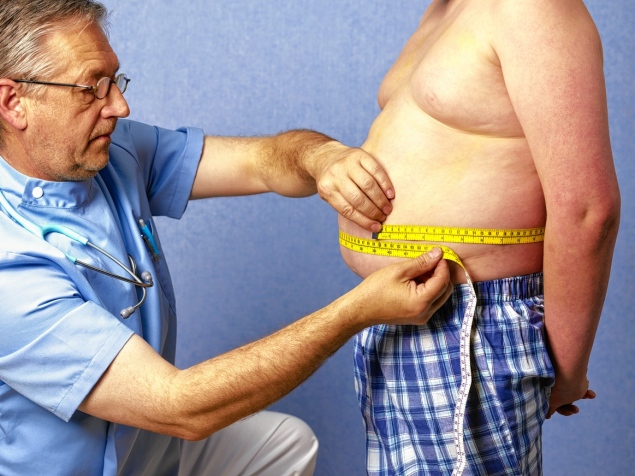Obesity – Finally Another Smoking Gun?
WOAH! The study I want to describe to you today is unbelievable statistical work! Extensive. Mathematical. Exhaustive. Obsessive. Amazingly detailed. Did I say HUGE?
Fast foods are unequivocally linked to the world’s obesity epidemic
I’m first going to quote Dr. Art Caplan from the Division of Medical Ethics at the New York University Langone Medical Center in New York and then describe the research that prompted his statements.
He takes issue with the excuse that obesity is due to “bad genes” and was the one who alerted me to the study by University of Cambridge researchers which, cutting to the chase, showed that “those exposed to food advertising and convenience outlets are fatter.”
About the study, Caplan writes: “Guess what they found? If you put a bucket of fried chicken out every half-mile along the route people take to work and back, they are fatter. There is a correlation between [the number and accessibility of] fast-food outlets and being diabetic or being fat.
The point is this: Genes certainly play a role in how people handle food, but if you live in a culture that overwhelms you with opportunities to eat junk food and fatty food, even the best genes can easily be overwhelmed.”
Fast Food and Obesity
As early as I can remember there has been a raging argument between the fast food people and… well, all the rest of us on earth who don’t make lots of money from selling it. Over 60 years in my own memory! So, why are we STILL arguing about it?
Pure and simple: there are so many factors that the industry can slither and hide behind the immense difficulties science has in obtaining statistics when there are so many variables and so much difficulty in obtaining reliable data.
Were’s the smoking gun?
For example: What are the factors? Food intake and energy expended. Simple? Perhaps until you consider the thousands of different diets available and the wide range of available energy expenditures.
Not to mention the absolute misery researchers have in obtaining and tracking reliable (honest) data. Short of admitting subjects to a sanatarium or handcuffing yourself together how do you possibly know accurately how much someone either eats or exercises?
You can tag them with exercise measuring devices but largely need to rely on their compulsiveness (and honesty) in recording what they actually eat each day.
Researchers must make up for all the statistical uncertainty by following huge numbers of subjects hoping that trends will form when incorrect recording is averaged out.
And we haven’t even mentioned Genes yet!
While it may be true that: “All you have to do is control your diet, and somehow manage the responsibility that your genes gave you”; that’s like merely telling your newly 17-year-old son “all your family can drive a car so go for it” and tossing him the keys. Surely there’s more to it than that!
While it’s true that genes can give some people more of an advantage than others, using genes can be an excuse that prevents true problem solving and change.
What they studied
The researchers for this study were from the University of Cambridge in Cambridgeshire, England and only were able to be so exhaustive because they could piggy-back onto the ongoing “Fenland Study” which contains 10,452 participants already.
These are willing working-aged adults in the towns of that county who are being cared for by the local health system and who have been willing to occasionally fill out questionnaires about their lifestyle and share their medical information since 2005.
They solely wanted to discover what effect chronic exposure to fast-food advertising and its availability had on the county citizens’ weight. Simple enough from the patient’s end. They just had to reveal where they worked, how they got there each day and keep a food intake diary for a week.
Trained practitioners then weighed and measured them and did all the percentile calculations.
When they excluded those with incomplete data, or who lived outside the county, they still ended up with over 5,594 people who were still found to be representative of the full Fenland study and that’s when the real work began.
They separated out the food intake lists into amount of fast food items consumed by grams. They meticulously geo-located every fast food outlet in the county and tallied every patient’s commute-route exposure, as well as those around their home and work place. They corrected for patients who took the bus or their own car to work along with many other factors that might confound the results.
After all that they ran statistics on all the numbers, were very judicious with their analyses and compared home, work and commute environments – here is what they found.
What they found
Obesity and Fast Food Study Findings
- Exposure to takeaway food outlets was definitely positively associated with consumption of takeaway food.
- Among domains at home, at work, and along commuting routes, associations were strongest in work environments.
- Correlation was so strong there was even evidence of a dose response effect to the grams of fast-food intake.
- When all three domains were combined the consumption and correlation was even greater with evidence of a dose-response effect.
- Combined exposure was especially strongly associated with increased body mass index and odds of obesity.
- There was no difference between men and women workers.
Does any of this really surprise you? It seems pretty intuitive to me. BUT, now there is the hard data to assuage the skeptics and use against the fast-food company “spin doctors.”
For grins, tally the number of fast-food outlets and greasy-spoons within a mile of your own house, work-site and on your commute route to see how “obesogenic” your environment is. In England they found an average of 9.3 outlets at home, 13.8 at work and 9.3 along commuting routes. Combined each person was exposed to 32.4 outlets.
Excess Consumption
At home, those most exposed to takeaway food outlets consumed 4.9 grams every day more than those least exposed. At work it was 5.3 g/day and stats were so good that it showed an actual dose-response association. Commuting only statistics didn’t meet criterion but all environments combined showed the most significant relationship and averaged 5.7d g/day more than those least exposed.
Putting it in real terms, the excess grams of food consumed by those most exposed constituted a 15% higher consumption every day. In a week it translates into an additional 40 grams – enough to cause a relentless weight gain.
Body Mass Index (BMI)
The same correlation was found between fast-food exposure and body mass index. All three of the locations of exposure showed greater BMIs but the work environment was most predictive.
When all three locations are high together BMIs were 21% higher.
Obesity
The rubber-on-the-road of this study was the correlation with actual criteria for obesity. The group of people most exposed to takeaway food outlets at home were more than twice as likely to be obese than be of normal weight compared with those least exposed.
Along commuting routes those most exposed showed 38% greater odds of being obese than those least exposed. Those higher exposed at work had 47% greater odds of being obese compared to those least exposed.
Combined areas of exposure were greatest of all, 80 percent!
What they suggested
The researchers gave several observations which might explain why previous studies have given conflicting results where theirs didn’t. Most of them related to how compulsive and meticulous the study design was constructed. For example, fast-food isn’t only purchased at those outlets. Much of it is available at supermarkets as well.
Their suggestions were that (in England) most of the promulgated regulations for fast-food control had been for the “home” location but the most effective target would be around work locations.
“Exposure to takeaway food outlets in home, work, and commuting environments was associated with greater body mass index and greater odds of obesity” they said; and “Government strategies to promote healthier diets through planning restrictions for takeaway food could be most effective if focused around the workplace.”
Art and Me
Art counted “19 kings, arches, colonels, and so on” in the 13 miles he drove to work in Pennsylvania. I have 5 national chains and 8 quick-serve “greasy spoons” within a 1 mile radius of my home in southern Utah. “Bad food opportunities are everywhere.”
Additionally, we’ve got an “arches” franchisee in town who coerced a local disk “jokey” into an every-meal marathon at their outlet for several weeks (probably by giving him free food but there was no disclosure). The junk-for-brains went on and on every day about how wonderful it was and how good he felt – as if that was scientific “proof”.
It seems that Art and I both agree that we, as physicians, owe our patients a bit more when it comes to being vigilant about obesity issues.
We must begin to warn: “you know those places you drive past, those places that are advertising and marketing? They are dangerous for you.” They are not your friends when it comes to staying healthy.
Especially for those children beginning to cross the weight curve, pediatricians need to begin asking more than: “do you let him eat junk food?” Instead we need to convey in tone and time just how substantially significant their food choices are.
“How often do you go? How often are you eating there? Do you realize that even if a place has a salad on the menu, if you get 3 Big Macs and French fries, it does not matter that a salad is on the menu?”
We both agree that physician’s should begin entreating parents to make going to one of these outlets a rare occasion rather than simply going because you’ve run out of ideas about what to do in terms of getting a quick and easy meal.
Make a contingency plan in case of a “what-do-I-eat” dilemma. “Here’s a map to the nearest Subway Sandwich shop” where choices are infinitesimally more healthy.
“It may be quick. It may be easy. But as this study showed, it is dangerous.”
[http://www.bmj.com/node/752041]
5 Posts in Obesity (obesity) Series
- Where does the fat go? – 9 Feb 2016
- Teens - Treadmill Dance – 1 Feb 2016
- 10 Ways To Ditch Obesity – 24 Jan 2016
- Fast Food – 16 Jan 2016
- Obesity Series: Intro/Index – 15 Jan 2016





